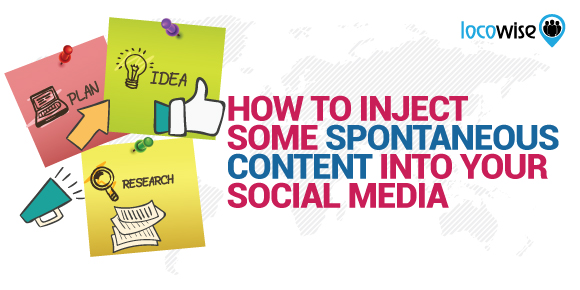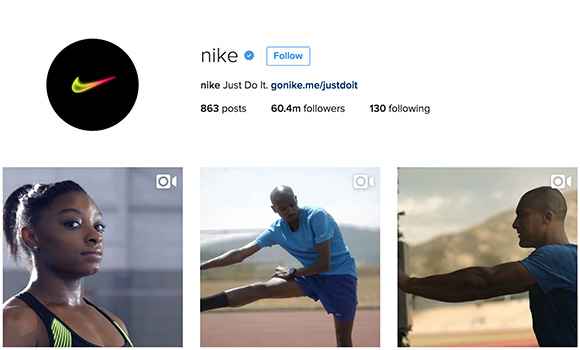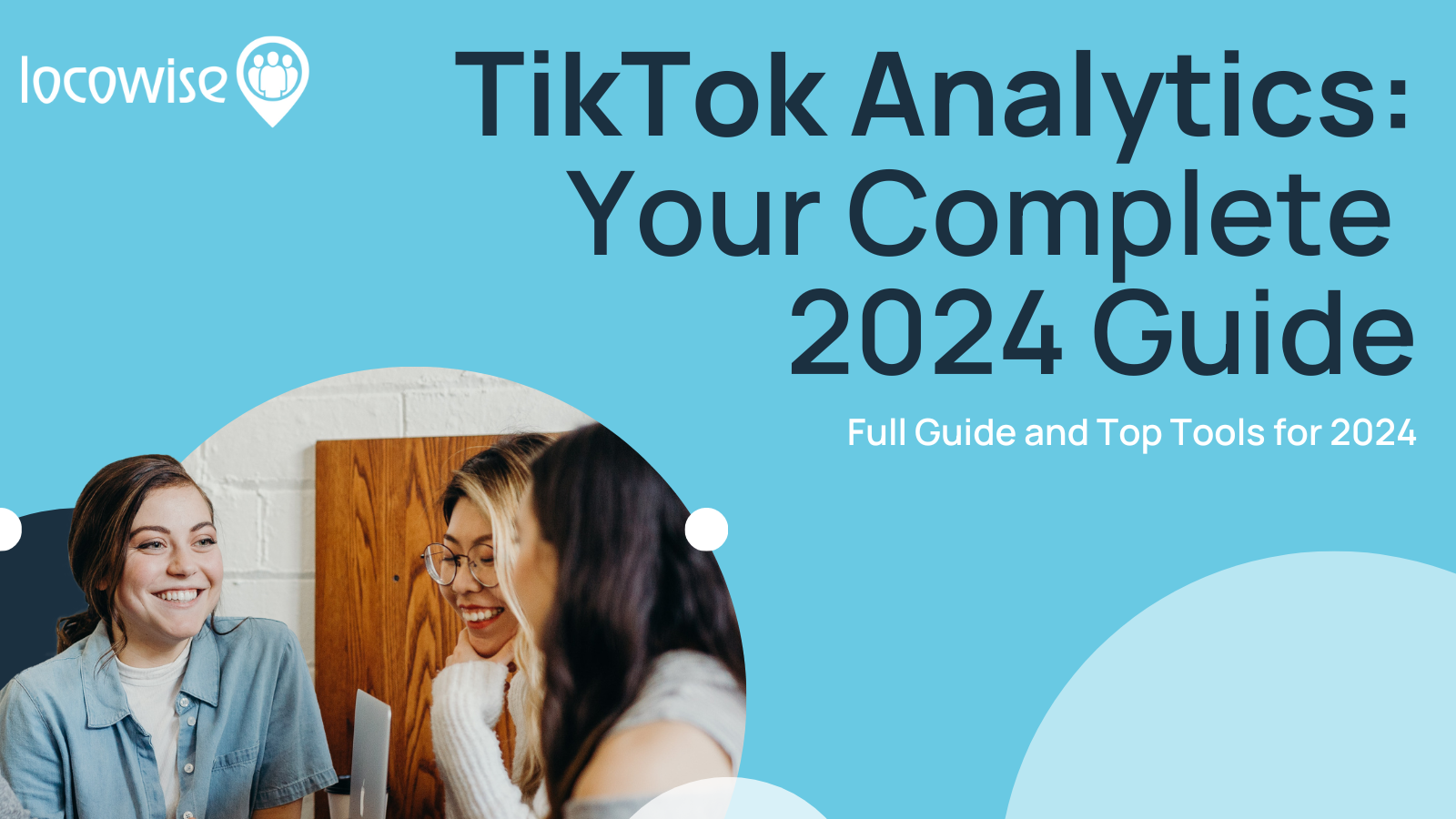Instagram Stories: Should Brands Proceed With Caution?
Sahail Ashraf posted on 30 August 2016
Instagram is a major social media platform, but it suffers from engagement issues. To deal with these issues, it recently rolled out Instagram Stories, an attempt to get people (and brands) to use the service more. The whole thing is similar to Snapchat Stories, and Instagram photos and videos shared through Stories even have that same, 24-hour lifespan that Snapchat offers.
When it comes to the practicalities, users tap on another user’s profile and all of the video and photo content of the last 24 hours is then viewable as a ‘story’. That’s it. Users can switch between stories, and there is no opportunity to like or comment on a story. Creating stories is a breeze, and once you’re done, you even get a basic set of analytics from the good people at Instagram.
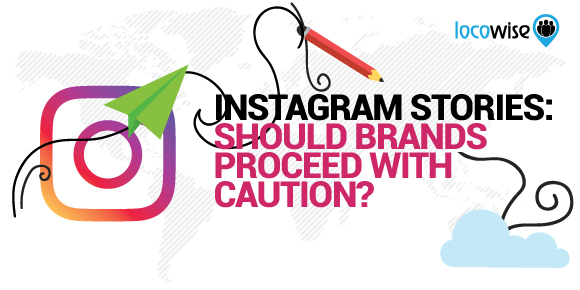
Why has Instagram done this? Well, it seems pretty logical to think that having a Stories feature could encourage more sharing among users. This makes sense because there is more ‘to do’ now on the platform. And good stories, with engaging content, can be a pleasure to view.
But if we dig a little deeper there is a more developed idea at work here. Instagram is not really a truly ‘social’ network yet, with the lack of any meaningful messaging element being the prime reason for this. But if we look at Instagram Stories, there is the seed of something far bigger than just sharing photos of our lunch. Where Instagram used to be about photos and that is pretty much it (albeit gorgeous photos that your digital agency produced), now it can be about communication.
There is a lot that brands can do with Stories (and we will look at that in a moment) but just imagine if someone sees a story and then wants to comment. It is possible through direct messaging. This means that there is real potential here for Instagram to have the beginnings of a true messaging app. It may not be as quick as Snapchat, but it is definitely a step in the right direction for Instagram.
How brands can get involved
It is soon to be a very crowded space we think, but if you’re able to, it might well be a good time to get into Instagram Stories. There is a lot a brand can do as well.
Heard of ‘ask me anything’? It’s that thing where brands simply ask the audience to offer questions so that the audience gets advice and support in return. It builds up the trust between an audience and a brand and shows clear authority and expertise. In Stories a brand could set up an opportunity for the audience to ask them questions or ask for advice, within a 24-hour timeframe. The story could build up so that the audience has a record of what happened, and it is a chance to build up a bit of authority through Instagram. If the Story has plenty of gorgeous visuals too, it will do a marvellous job of creating engagement.
Behind the scenes work can also be a strong feature of the new Instagram Stories. Imagine you are launching a new service through your brand, or a new product.
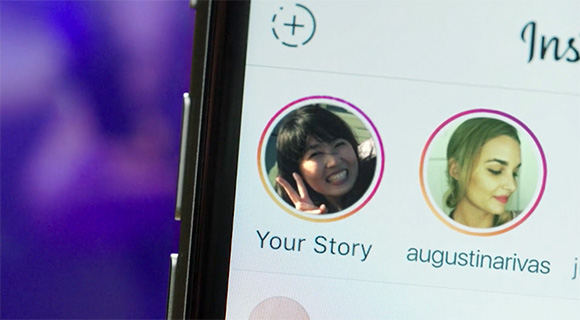
If it’s a new product, you could tell the story of the testing of the product through Instagram. If it’s a service, you could show the first 24 hours of the service being live. This kind of behind the scenes work is very effective when aiming to build engagement. It simply allows you to give your audience a real story, and therefore something to keep them viewing. Then more you are able to offer this kind of content, the more they are likely to interact.
So which brands have dabbled with this new approach?
Nike has kicked things off in a big way. As soon as Instagram Stories went live, Nike pushed out a story and received 800,000 views in 24 hours. This beats anything that Nike ever did on Snapchat, for example. On Snapchat, their best work received 66,000 views. The obvious difference is there, and this should show brands that Instagram Stories has some definite mileage available.
Then we have a smaller brand like Ketel One, a drinks manufacturer. This brand took the idea of storytelling literally (almost) and used the Instagram Stories feature to offer audiences a narrative on how to mix a drink.
British Vogue (never one to lag behind on anything social) has produced a few Stories since the feature launched. These have focused almost entirely on ‘day in the life’ behind the scenes types of stories. When you consider that most people find fashion and even fashion publishers quite fascinating, it kind of makes sense.
Limitations
There are some limits to what the Instagram Stories feature offers. First of all, it does take more work than your team may be used to. Creating and managing a 24-hour story does require some labour, and it also needs someone who is very familiar with the Instagram method. If you’re interested in creating a Story, take some time to mess around on Instagram and get a feel for other Stories before you jump in.
And with that 24-hour lifespan, you run the risk of creating a thing of beauty that no one has time to see. Sure, it worked well for Nike with their nearly a million views, but that’s Nike. They have the reach.
But just look at the potential
The very best one we have seen when it comes to the use of Instagram Stories centers around a TV show. Mr Robot is a relatively successful show and has an air of mystique and intrigue around it. But a recent Instagram Story trumped the show itself.
Simply showing some people in a street location trampling over a ‘wanted by the FBI’ sheet on the floor and an image of a social platform on a phone instantly gives Mr Robot an air of current danger and excitement. It’s fun, and it tells a little story too.
So what would we do?
We would tread carefully. We would invest the right team and the right campaign into the whole process. Bear in mind that the platform is short-lived (can you guarantee engagement in 24 hours?) and that it does require a lot of work.
If you are fully aware of this, and you have the creatives to get the job done, it is worth preparing carefully. Work around a launch, for example, so you have something worthy of the exercise. Or just focus on a part of what you do, such as a special day of the year, and pull up a story around that.
The potential benefits are clear. With the average user spending 15 seconds on a Facebook video, having a whole story with multiple engagement points in it could be explosive. But like all things in social (especially new things), you have to be ready and committed to a learning curve. In other words, have the metrics guys on standby to see what works and what bombs.
